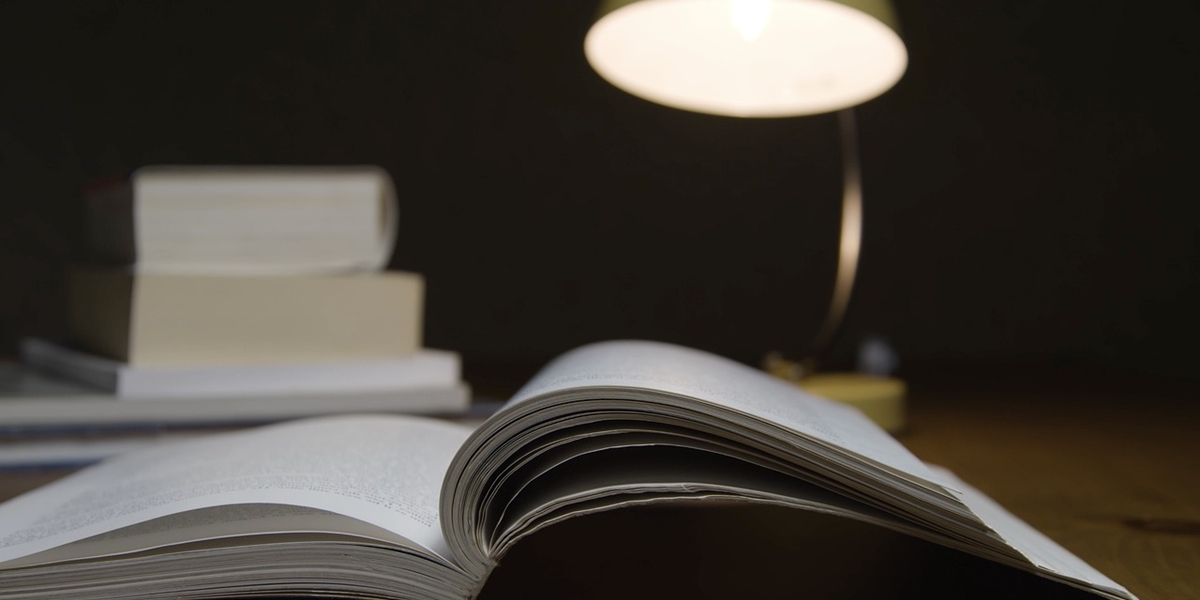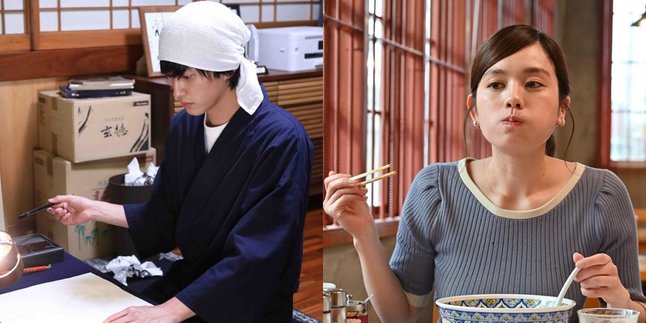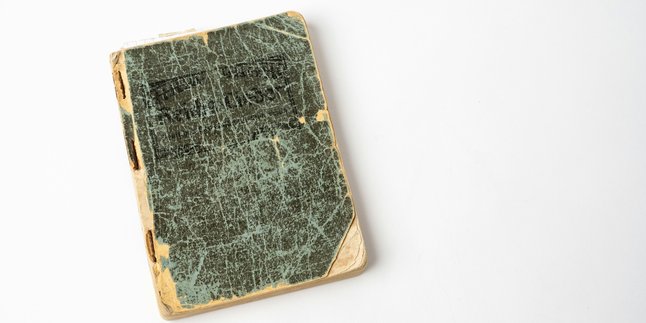Kapanlagi.com - Adjectives in Japanese provide rich nuances and colors in everyday conversations, depicting both moods and characteristics of objects. From simple ones like "kawaii" (cute) to complex ones like "wakimashita" (confusing), each adjective contains a wealth of meanings that are important to learn.
They become unique expressions of Japanese culture. In this article, Kapanlagi will provide various adjectives in Japanese that can be learned. Starting from the most common to the rarely heard ones, as well as how their usage can enrich daily communication and deepen understanding of Japanese culture.
Here is a list of adjectives in Japanese, complete with how to make them and simple conversation examples suitable for beginners. Let's check it out, KLovers.
1. How to Make Adjectives in Japanese

Illustration (credit: pixabay.com)
To make adjectives in Japanese, KLovers usually just need to add the suffix "i" to the base form of a verb or noun. Now, to make it easier for you to understand how to make adjectives in Japanese, here are some examples:
Base Form of Noun: "sakana" (Fish) and it becomes "sakanai" (Not fish)
Base Form of Verb: "kaku" (Write) and it becomes "kaki" (Interesting in relation to writing)
Base Form of Noun: "akai" (Red) and it becomes "akai" (Red)
However, there are also some adjectives in Japanese that do not follow this pattern and must be memorized separately. For example, "ookii" which means "big" and "chiisai" which means "small".
2. Conversations Using Adjectives in Japanese

Illustration (credit: pixabay.com)
Adjectives in Japanese are certainly used in everyday conversations. Well, to make it easier for KLovers to understand adjectives in Japanese, here are examples of conversations that use adjectives in Japanese in them. And here is an example of the conversation:
A: "Kyo no tenki wa do desu ka?"
Meaning: How is the weather today?
B: "Tenki wa hare desu."
Meaning: The weather is sunny.
A: "So desu ka. Sore wa ii desu ne."
Meaning: Oh I see. That's good.
B: "Hai, demo sukoshi samui desu."
Meaning: Yes, but it's a little cold.
A: "Samui desu ka? So desu ne. Demo, sora wa aoi desu."
Meaning: Is it cold? I think so. But, the sky is blue.
B: "So desu ne. Sora ga kirei desu."
Meaning: Yes, the sky is beautiful.
A: "Dewa, soto ni dekakemasho."
Meaning: Well, let's go outside.
B: "I desu ne."
Meaning: That's good.
3. 100 Adjectives in Japanese

Illustration (credit: pixabay.com)
And to make it easier for KLovers to understand adjectives in Japanese, in addition to the procedure for making them and conversations. Here is a list of adjectives in Japanese that can help you understand them complete with their meanings. Here are 100 adjectives in Japanese:
1.atarashii = new
2 furui = old
3.hayai = fast
4.osoi = slow
5.takai = high (price)
6. yasui = cheap
7.hiroi = wide
8.semai = narrow
9.ookii = big
10.chiisai = small
11.omoi = heavy
12.karui = light
13. kedaka = noble
70.gehinna = cheap
71.kashikoi = wise, intelligent
72.orokana = foolish
73.bakanai = stupid
74.bureina = rude
75.daitanna = brave
76. okubyouna = timid
77.sekkyokutekina = proactive
78.shoukyokutekina = passive
79.youkina = cheerful
80.inkina = gloomy
81.yutakan = wealthy
82.mazushii = poor
83. kawaita = dry
84.shimetta = wet
85.shiawasena = happy
86.kanashii = sad
87.odorokubeki = amazing
88.yakkaina = troublesome
89.tsukareta = tired
90. genkina = healthy, enthusiastic
91.byoukino = sick
92.kaitekina = comfortable
93.fukaina = uncomfortable
94.benrina = useful, practical
95.fuben = inconvenient, impractical
96.kokoroyoi = enjoyable
97. fuyukan = unpleasant
98.okashina = strange, funny
99.muchana = crazy, daring
100.bureina = rude
Those are some adjectives in Japanese that beginners can learn. Through the use of adjectives in Japanese, we can appreciate the beauty and complexity of conveying meaning and add depth to daily communication interactions.
tsuyoi = strong
yowai = weak
15.utsukushii = beautiful
16.minikui = ugly
17.atsui = hot (weather)
18.samui = cold (weather)
19.suzushii = cool
20. atatakai = warm
21.oishii = delicious
22.mazui = not delicious
23.amai = sweet
24.nigai = bitter
25.suppai = sour
26.karai = spicy
27. shiokarai = salty
28.karakuchi = not sweet (e.g. in drinks)
29.amakuchi = sweet (e.g. in drinks)
30.shibui = bitter (e.g. in tea)
31.hayai = early, fast (time)
32.osoi = late, slow (time)
33.shinsenna = fresh
34. kotentekina = classic
35.gendai-teki-na = modern
36.kawaii = cute
37.kakkouii = cool
38.urayamashii = jealous
39.isogashii = busy
40.shizukana = calm, quiet
41. nigiyakana = lively, bustling
42.taikutsuna = boring
43.nemui = sleepy
44.akai = red
45.aoi = blue
46.kiiroi = yellow
47.shiroi = white
48. kuroi = black
49.midorino = green
50.murasaki no = purple
51.haiirono = gray
52.daidaiirono = orange
53.ginirono = silver
54.kiniro no = gold
55. pinku no = pink
56.usui = thin, light (color)
57.koi = dense, dark (color)
58.akarui = bright
59.kurai = dark
60.irono = colored
61.kitanai = dirty
62. kireina = clean, beautiful
63.mudana = wasteful
64.fukuzatsuna = complicated
65.tanjunna = simple
66.yasashii = gentle, kind
67.aijoubukai = loving
68.reikokuna = cruel
69.
(kpl/dhm)
Disclaimer: This translation from Bahasa Indonesia to English has been generated by Artificial Intelligence.















